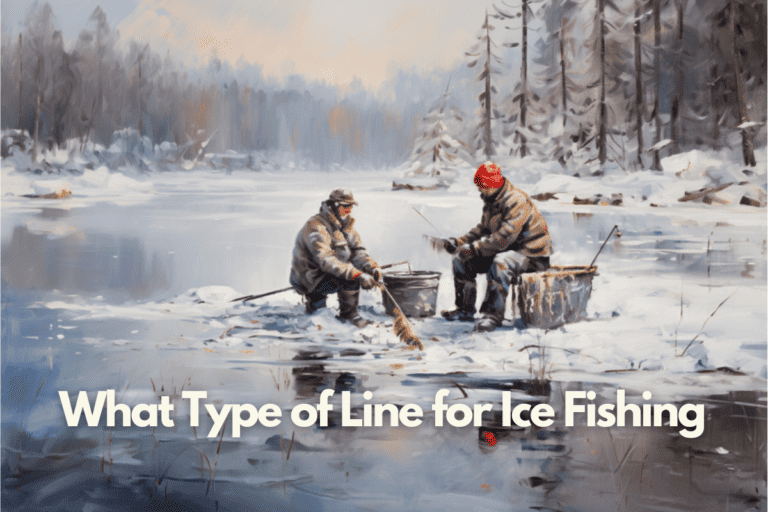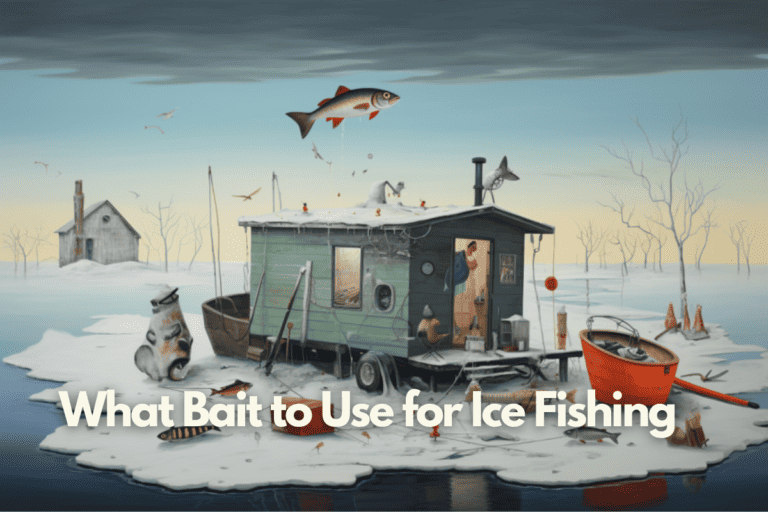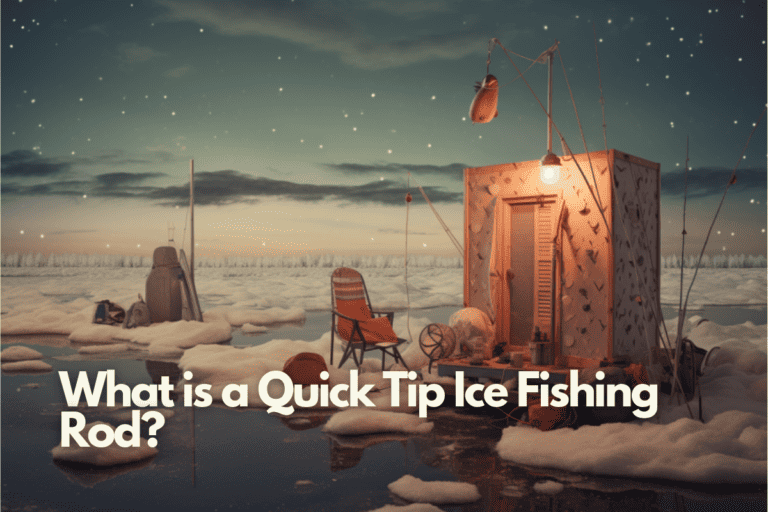Mastering the Ice: What Lures to Use for Ice Fishing
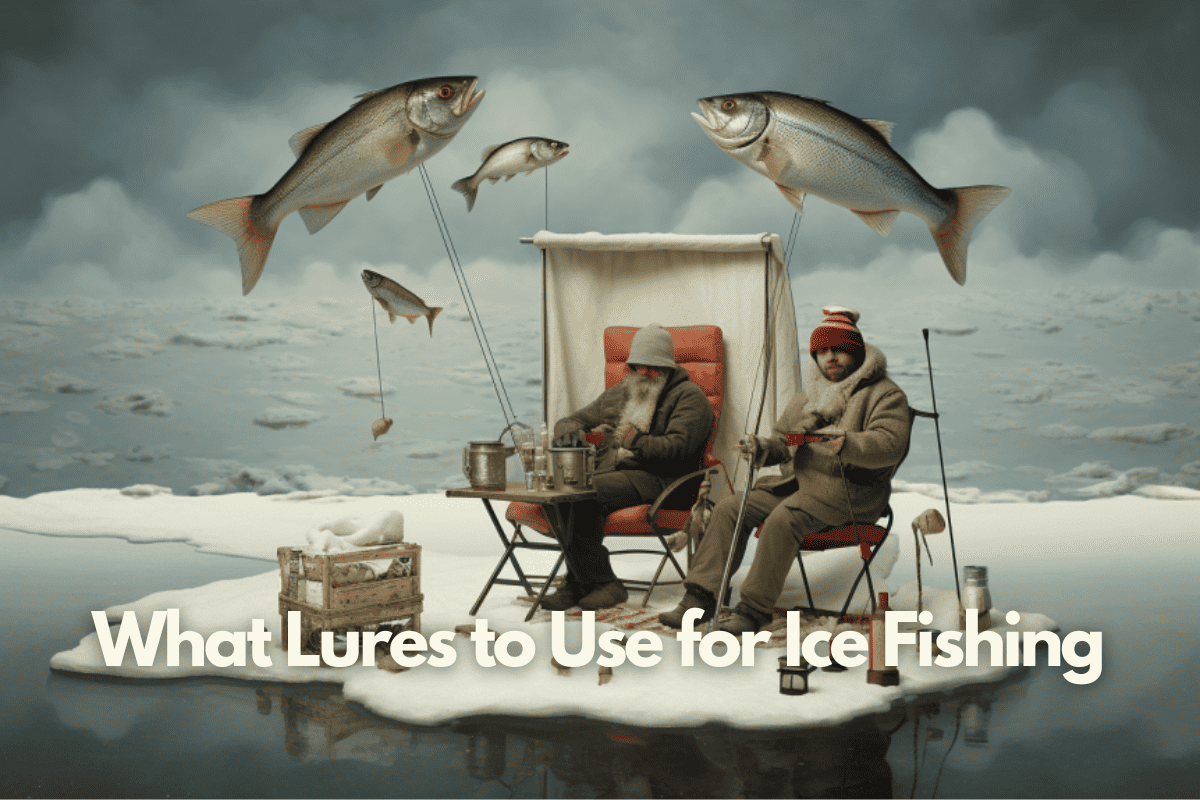
Ice fishing is a winter tradition for many anglers, offering a unique and fun experience that contrasts with the warm-weather fishing most are accustomed to. However, the icy environment requires a different approach and gear, especially when it comes to selecting the right lures.
In this comprehensive guide, we’ll delve into what lures to use for ice fishing, ensuring you’re well-equipped for your next frozen adventure.
What Lures to Use for Ice Fishing: A Detailed Look
Ice fishing lures are specifically designed to perform in cold waters, mimicking the movements and appearances of the prey fish are hunting during winter months. Here are the top choices:
- Jigging Lures:
These are perhaps the most popular ice fishing lures. They’re designed to mimic the movement of prey as they’re jigged up and down. Their erratic movement can entice fish to strike, thinking it’s an easy meal.- Tungsten Jigs: Heavier than lead, allowing for faster sinking and better control. They’re perfect for targeting species like bluegill and perch.
- Diamond Jigs: These are especially effective for crappie and trout. Their reflective surfaces can attract fish from a distance.
- Spoons:
Spoons are curved metal lures that flutter as they fall, mimicking the movement of injured baitfish—a tempting meal for any predator.- Flutter Spoons: These have a more pronounced curve, causing them to move more erratically in the water.
- Slab Spoons: These are flat and heavy, ideal for deeper waters.
- Soft Plastics:
These are designed to imitate the small invertebrates that fish feed on during the winter. They can be used alone or combined with jigs for added movement.- Larvae Imitations: Perfect for panfish, these mimic the small insects that are abundant under the ice.
- Minnow Imitations: These mimic small fish and can be effective for larger predators.
- Swimbaits:
While more commonly associated with open water fishing, small swimbaits can be effective for ice fishing, especially for predatory species like pike and walleye. - Tip-ups:
These are baited lines without a rod. When a fish takes the bait, a flag pops up, signaling the angler. They’re especially effective for larger species like pike.
Factors to Consider When Choosing Lures
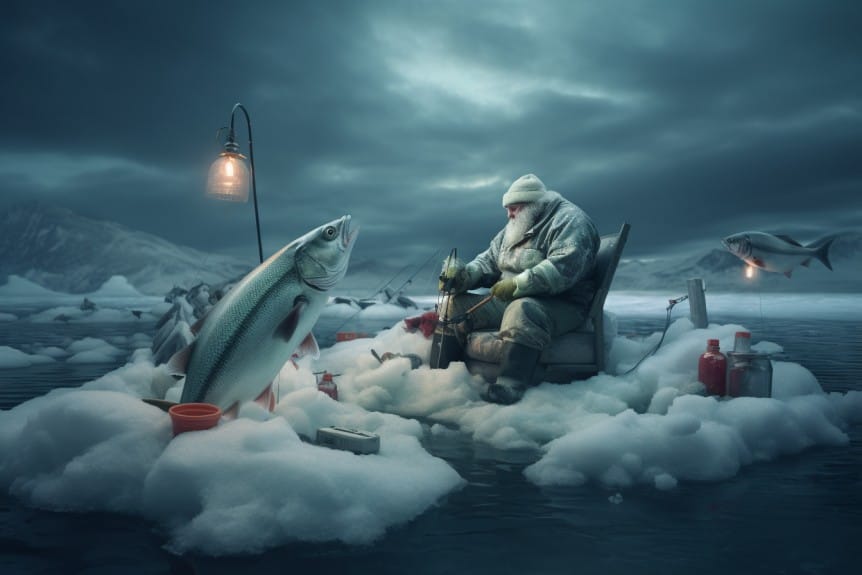
- Water Clarity: In clearer waters, it’s best to use more natural, subtle-colored lures. In murkier waters, brighter, more reflective lures can be more effective.
- Target Species: Different fish have different preferences. It’s essential to match your lure to the species you’re targeting.
- Depth: Heavier lures are ideal for deeper waters, while lighter lures are better for shallower areas.
Final Thoughts
Ice fishing is a rewarding experience, offering the thrill of the catch in a serene, frozen landscape. The right lure can make all the difference, turning a quiet day on the ice into a memorable fishing adventure. By understanding the different types of lures and when to use them, you can significantly increase your chances of success.
FAQs
Q: Why are tungsten jigs preferred over lead jigs in ice fishing?
A: Tungsten is denser than lead, allowing the jigs to sink faster and offering better control, making them ideal for targeting specific depths and species.
Q: How do spoons attract fish under the ice?
A: Spoons mimic the movement of injured baitfish due to their curved shape. Their fluttering motion and reflective surfaces can draw fish from a distance.
Q: Are soft plastics effective in cold waters?
A: Yes, soft plastics are designed to imitate the small invertebrates that fish feed on during the winter, making them an effective choice for many species.
